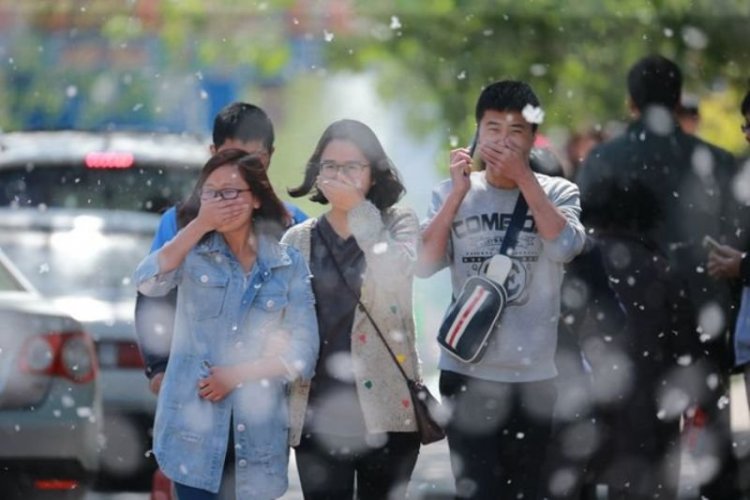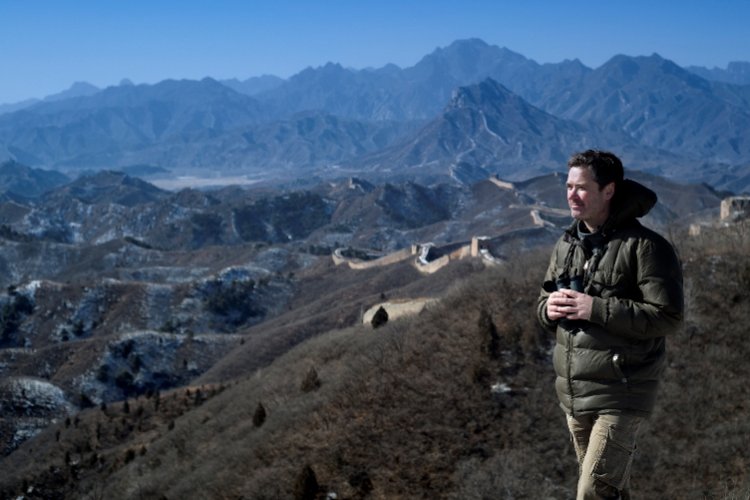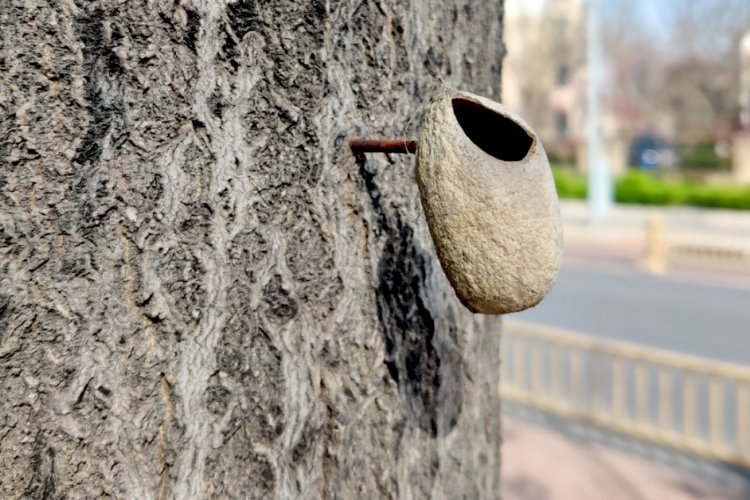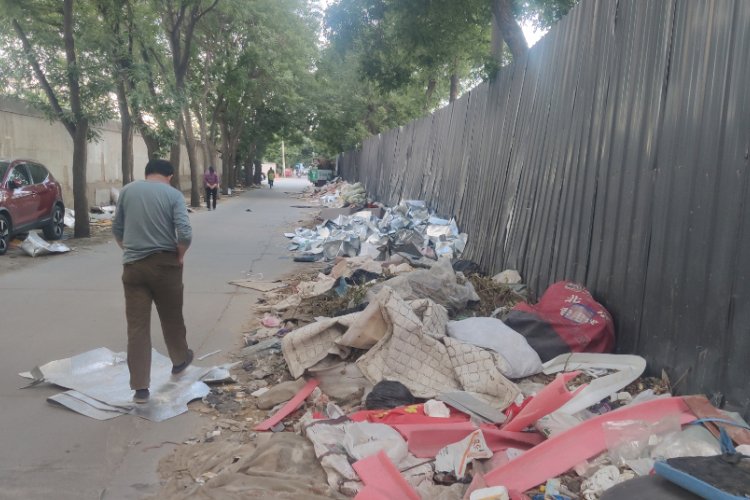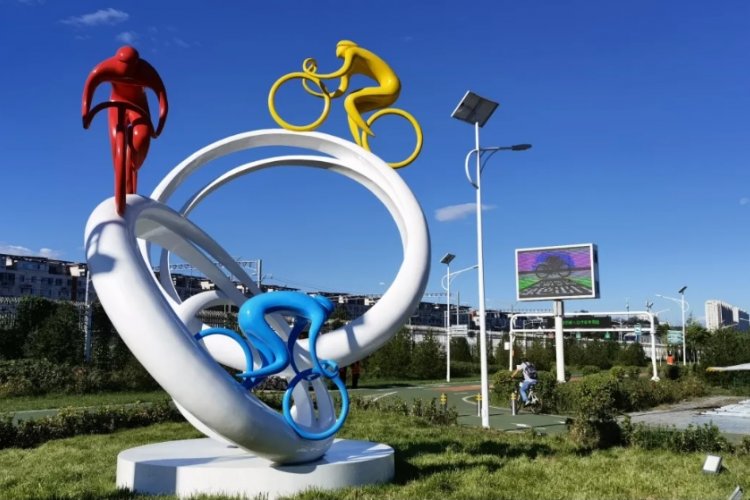All Wet and Nasty: Beijing's Polluted Waterways
Water expert Zhao Feihong caused quite a stir when she told Southern Weekend earlier this year that she and her husband had stopped drinking Beijing tap water for almost two decades due to increasing pollution in the city’s water supply. Despite the Beijing government’s ensuing move for more transparency by releasing water quality information online, the damage was done: the public outcry underscored a growing general skepticism over the state of the capital’s tap water.
Unfortunately the news since then continues to be alarming. Just last week the Department of Environmental Protection in North China released the results of a study that revealed that all but nine of Beijing’s 50 downstream rivers are polluted, while the water quality of its five main waterways (Yongding He, Chaobai He, Beiyun He, Juma He and Gou He) are considered “unpleasant."
A case in point is Beijing’s most important drainage waterway, Beiyun He (in Tongzhou), which accounts for 90 percent of the city’s waste water runoff, which regularly contains such nasty chemicals as phosphorus, ammonia and nitrogen that average ten times higher than what are considered normal levels.
Then there’s Yongding He, which was abandoned as a source of drinking water in Beijing back in the 1980s because the quality had deteriorated to Grade 5 (the worst rating on a scale from 1 to 5).
Meanwhile other waterways like Tonghui He (just south of Guomao and running adjacent to major compounds like Soho Xiandaicheng and Jianwai Soho) continue to periodically clog up with trash and debris from the shantytowns and buildings lining its banks with only sporadic efforts to clean it up.
Although the study did not assess the safety of Beijing’s tap water (which usually comes from upstream water and underground water), it seems clear that without sufficient measures to control downstream pollution there is no way to guarantee that the city’s drinking water quality has not been compromised.
Most Beijingers are not in the habit of drinking water straight from the tap, preferring instead to boil their tap water before consumption. But research shows that this is not enough to remove many of the chemical toxins that pollute the city’s water supply. All of this has allowed the bottled water industry to thrive, but you're consuming this water at your own risk given reports on the dangers of plastic bottles lined with BPA as well as widespread dubious packaging and sourcing practices. (Who’s to say you’re not paying for bottled tap water?)
The Capital’s generally arid climate makes it one of the most water-scarce metropolises in the world, but past measures to increase water tariffs for domestic use have thus far failed to effectively curb consumption. And to make things worse, the South-North Water Transfer Project, which will deliver around 1 billion cubic meters of water from the Yangtze River to the capital each year and is slated for completion in 2014, is already being called out for environmental concerns.
Beijing is not alone in water woes – last year about two-thirds of Chinese cities did not have enough drinking water and nearly 300 million rural residents lack adequate access to drinking water. To tackle this challenge, the government has implemented the use of “reclaimed wastewater,” but the supply of the necessary treatment plants simply cannot keep pace with the ever-increasing demand. It’s also unclear whether other measures, like using desalinated sea water, will prove successful given the state of the technology and adaptation costs.
Beijing’s water problems are but another reason why some are positing the possibility that the capital may someday be moved elsewhere, but this discussion does little good for those of us living here. There is a dire need for real and immediate action and cleaning up the waterways (and upgrading tainted pipes) would be a good start.
Related stories :
Comments
New comments are displayed first.Comments
![]() Jerry
Submitted by Guest on Tue, 09/24/2013 - 12:31 Permalink
Jerry
Submitted by Guest on Tue, 09/24/2013 - 12:31 Permalink
Re: All Wet and Nasty: Beijing's Polluted Waterways
From a related article from The China Daily (as lifted by ecns.cn):
Statistics from the Beijing Water Authority show that only 83 percent of the city's wastewater is treated, with the remaining 17 percent discharged into rivers without treatment ... Wastewater treatment plants only cover around 60 percent of some densely populated regions, especially the urban-rural fringe zones, according to the investigation. At some farms, the excrement of animals is discharged into the rivers, it said ... ... The Qinghe River, a 23.6-kilometer-long waterway in the northern part of the city, is basically a foul-smelling sewer, with untreated waste discharged directly into it.
I used to teach at a small university on the banks of the Qinghe River when I first moved to Beijing 14 years ago. It was nasty cesspool then and it's sad to see that nothing has changed. I can only shudder (or retch) to think how much worse it's probably gotten.
Validate your mobile phone number to post comments.

